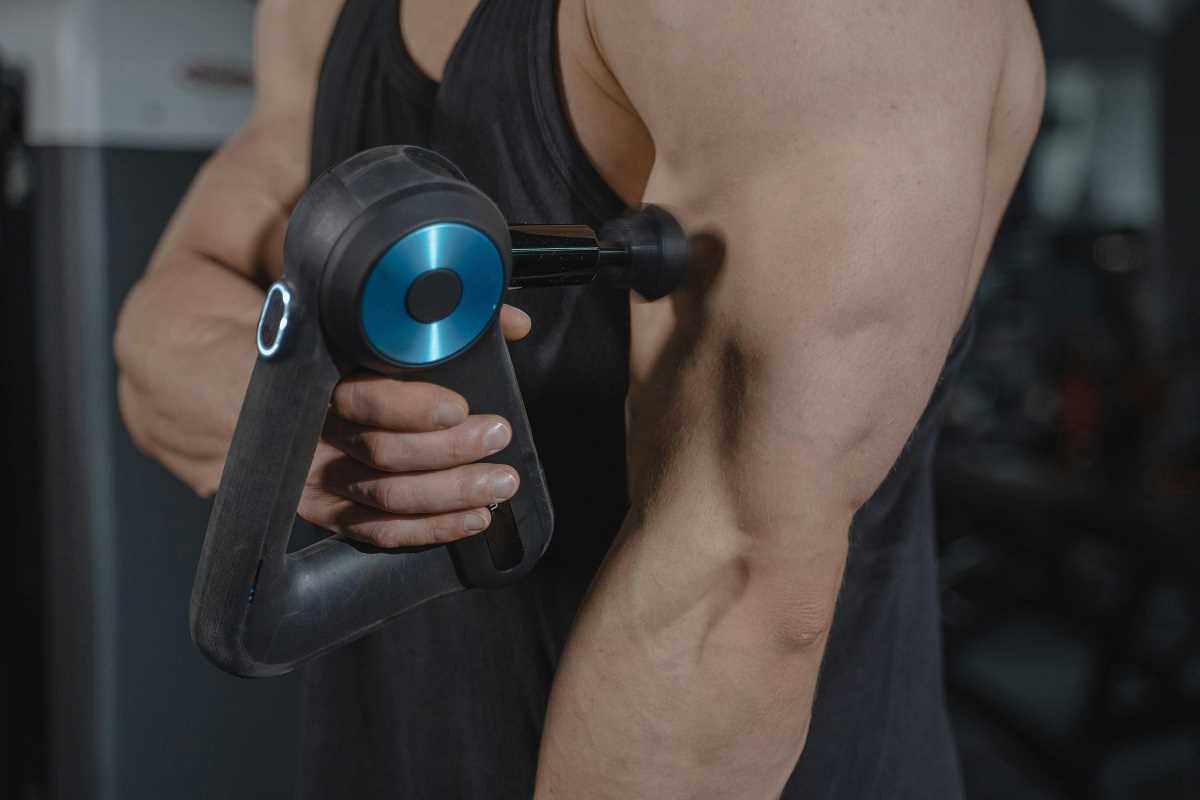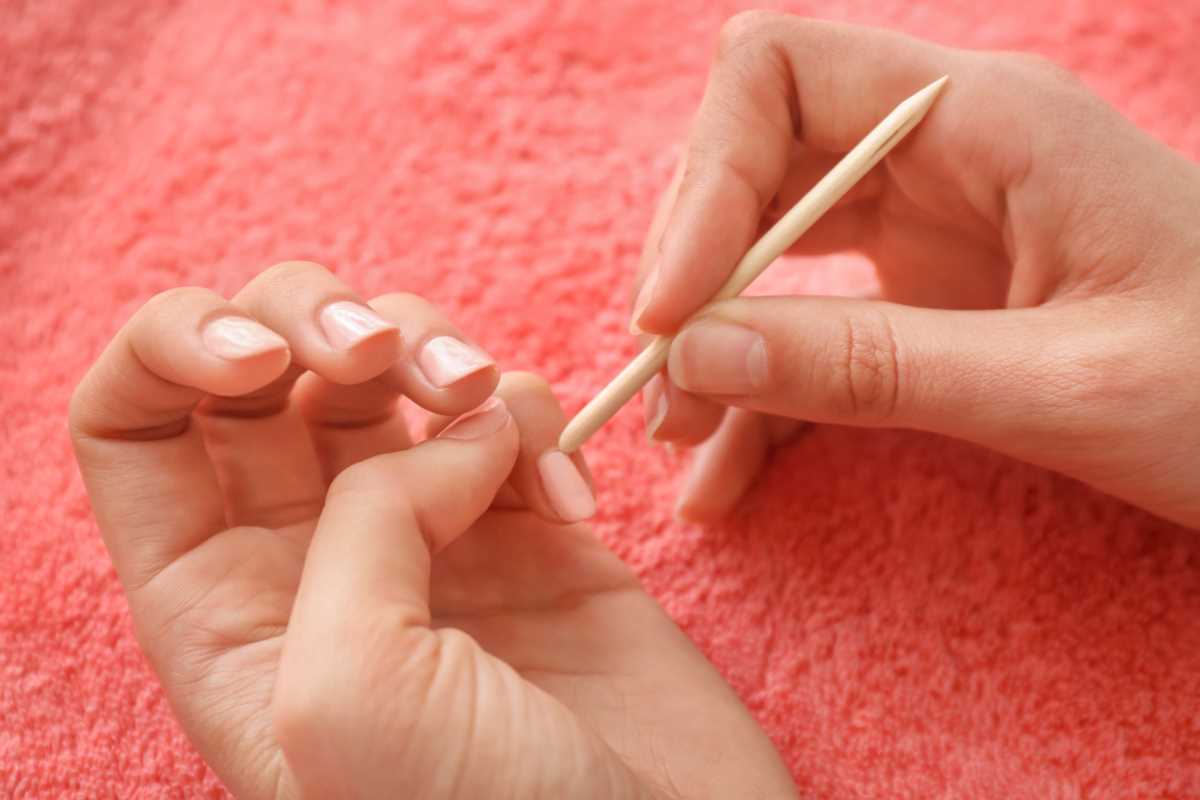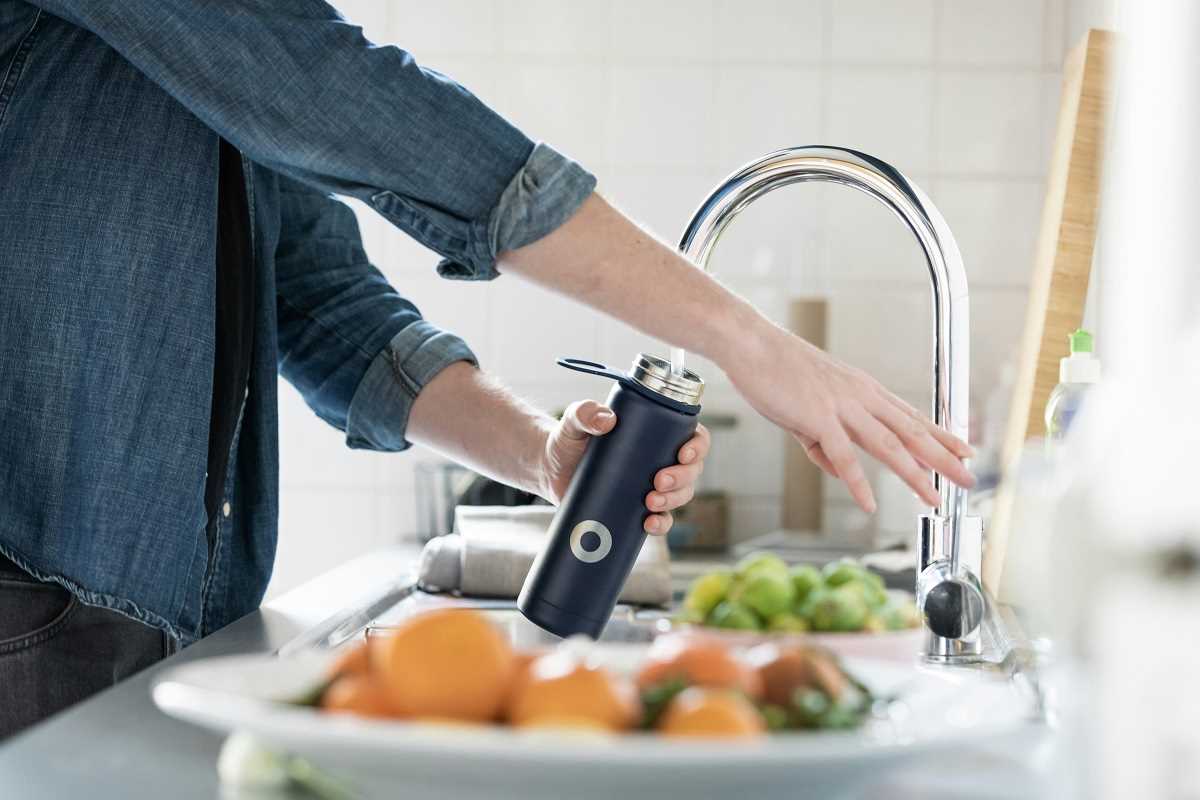Massage therapy has evolved far beyond luxury spa treatments to become a cornerstone of modern wellness and recovery programs. Healthcare professionals increasingly recognize massage as an effective complementary therapy that supports both physical rehabilitation and mental well-being.
Research from the American Massage Therapy Association shows that 19% of Americans received at least one massage in the past year, with the majority seeking therapeutic benefits rather than simple relaxation. This shift reflects growing awareness of massage's proven ability to reduce muscle tension, improve circulation, and enhance overall quality of life.
You'll discover the most effective massage types for specific wellness goals, understand how different techniques support recovery from exercise or injury, and learn to select the right approach for your unique needs. Whether you're an athlete seeking performance enhancement or someone managing daily stress, therapeutic massage offers evidence-based benefits that extend far beyond the treatment table.
Understanding Massage Therapy's Health Benefits
Massage therapy triggers multiple physiological responses that promote healing and wellness. When skilled hands apply pressure to soft tissues, your body releases endorphins – natural pain relievers that create feelings of relaxation and well-being.
The mechanical pressure of massage increases blood flow to treated areas, delivering oxygen and nutrients while removing metabolic waste products like lactic acid. This enhanced circulation accelerates tissue repair and reduces inflammation, making massage particularly valuable for recovery from physical activity or injury.
Studies published in the Journal of Alternative and Complementary Medicine demonstrate that massage reduces cortisol levels by an average of 31% while increasing serotonin and dopamine – neurotransmitters associated with mood regulation and stress reduction. These biochemical changes explain why massage benefits extend beyond physical symptoms to include improved sleep, reduced anxiety, and enhanced emotional balance.
Swedish Massage: The Foundation of Relaxation Therapy
Swedish massage remains the most popular and widely practiced massage technique worldwide. This gentle approach uses long, flowing strokes, kneading, and circular movements to promote relaxation and improve circulation throughout the body.
Primary Techniques and Benefits
Swedish massage incorporates five fundamental strokes that work together to create therapeutic effects:
- Effleurage: Long, gliding strokes that warm muscles and promote relaxation
- Petrissage: Kneading motions that release muscle tension and improve flexibility
- Tapotement: Rhythmic tapping that stimulates circulation and energizes tissues
- Friction: Deep circular movements that break down adhesions and scar tissue
- Vibration: Shaking movements that help muscles release tension
Research from Cedars-Sinai Medical Center found that a single 45-minute Swedish massage session significantly reduces inflammatory markers while boosting immune system function. Participants showed decreased levels of cortisol and arginine-vasopressin, hormones associated with stress and inflammation.
Ideal Candidates for Swedish Massage
This gentle technique works exceptionally well for stress management, general wellness maintenance, and introduction to massage therapy. People dealing with anxiety, sleep disorders, or general muscle tension often find Swedish massage provides the perfect balance of therapeutic benefit and relaxation.
First-time massage recipients particularly benefit from Swedish massage's non-intimidating approach. The moderate pressure and flowing movements help you become comfortable with touch-based therapy while experiencing genuine therapeutic benefits.
Deep Tissue Massage: Targeting Chronic Tension and Pain
Deep tissue massage uses firm pressure and slow strokes to reach deeper layers of muscle and connective tissue. This technique specifically addresses chronic pain, muscle adhesions, and areas of restricted movement that lighter massage cannot effectively treat.
How Deep Tissue Massage Works
Unlike Swedish massage's focus on relaxation, deep tissue massage aims to break down adhesions – bands of painful, rigid tissue that can disrupt circulation and cause pain, inflammation, and limited movement. Therapists use fingers, knuckles, elbows, and forearms to apply sustained pressure across muscle grain.
The process can initially cause discomfort as therapists work through layers of tension, but clients typically experience significant relief as restricted areas release. Deep tissue massage promotes healing by increasing blood flow to problematic areas and encouraging the body's natural anti-inflammatory response.
Conditions That Respond to Deep Tissue Massage
Clinical studies show deep tissue massage effectively treats various musculoskeletal conditions:
- Chronic low back pain: Research published in the Archives of Internal Medicine found deep tissue massage reduced pain intensity by 50% in chronic low back pain sufferers
- Plantar fasciitis: Studies demonstrate significant pain reduction and improved function in patients with heel pain
- Fibromyalgia: Clinical trials show consistent improvements in pain levels, sleep quality, and daily functioning
- Sports injuries: Deep tissue massage accelerates recovery from muscle strains, overuse injuries, and scar tissue formation
Recovery and Aftercare Considerations
Deep tissue massage can cause temporary soreness as your body processes released toxins and adjusts to improved circulation. Drinking plenty of water helps flush metabolic waste while gentle movement prevents stiffness.
Plan for 24-48 hours of recovery time after your first deep tissue session. Some people experience mild flu-like symptoms as their body adjusts, but these effects typically diminish with regular treatment.
Sports Massage: Optimizing Athletic Performance
Sports massage combines techniques from Swedish and deep tissue massage with specialized methods designed to support athletic performance, prevent injuries, and accelerate recovery from training or competition.
Pre-Event Sports Massage
Pre-event massage prepares your body for physical activity through stimulating strokes that increase circulation, warm muscles, and enhance flexibility. These sessions typically last 10-15 minutes and focus on major muscle groups you'll use during your activity.
The technique emphasizes quick, rhythmic movements that activate your nervous system without causing fatigue. Research from the Journal of Sports Medicine and Physical Fitness shows pre-event massage improves performance markers including flexibility, power output, and perceived readiness to compete.
Post-Event Recovery Massage
Post-event massage helps your body recover from intense physical activity by reducing muscle tension, improving circulation, and addressing areas of stress or minor injury. These longer sessions (30-60 minutes) use deeper pressure to work through accumulated tension and metabolic waste.
Studies demonstrate that post-exercise massage significantly reduces delayed-onset muscle soreness (DOMS) while improving recovery time between training sessions. Athletes who receive regular post-event massage report less fatigue and maintain higher training volumes throughout competitive seasons.
Maintenance Sports Massage
Regular maintenance massage sessions support long-term athletic health by identifying and addressing developing problems before they become injuries. These comprehensive treatments typically occur weekly or bi-weekly during training periods.
Maintenance massage helps athletes maintain optimal muscle length, joint mobility, and tissue quality. Research from the British Journal of Sports Medicine shows athletes who receive regular massage have 20% fewer injuries compared to those who don't include massage in their training programs.
Lymphatic Drainage Massage: Supporting Immune Function
Manual lymphatic drainage (MLD) uses gentle, rhythmic movements to stimulate lymphatic circulation and support your body's natural detoxification processes. This specialized technique requires specific training and differs significantly from traditional massage approaches.
Understanding the Lymphatic System
Your lymphatic system plays crucial roles in immune function and fluid balance. This network of vessels, nodes, and organs helps remove toxins, excess fluid, and metabolic waste from tissues while transporting immune cells throughout your body.
Various factors can impair lymphatic function, including surgery, injury, illness, or prolonged inactivity. When lymphatic circulation becomes sluggish, you may experience swelling, fatigue, increased infection risk, and slower healing times.
Therapeutic Applications of Lymphatic Drainage
Medical research supports lymphatic drainage massage for several specific conditions:
- Post-surgical recovery: Studies show MLD reduces swelling and accelerates healing following various surgical procedures
- Lymphedema management: Clinical trials demonstrate significant improvements in limb circumference and quality of life for lymphedema patients
- Chronic fatigue syndrome: Research suggests lymphatic drainage may help reduce fatigue and improve energy levels
- Immune system support: Studies indicate regular MLD sessions enhance immune function markers
What to Expect During Lymphatic Drainage
Lymphatic drainage massage feels distinctly different from other massage types. Therapists use very light pressure – often compared to the weight of a nickel – in specific patterns that follow lymphatic pathways.
Sessions typically last 60-90 minutes and may seem unusually gentle compared to traditional massage. However, this light touch effectively stimulates lymphatic vessels without overwhelming the delicate system.
Hot Stone Massage: Combining Heat Therapy with Touch
Hot stone massage incorporates heated basalt stones as tools to deliver therapeutic warmth while providing traditional massage benefits. This ancient practice has gained popularity for its unique ability to penetrate deep muscle tension through sustained heat application.
Physiological Effects of Heat Therapy
Heat therapy provides well-documented therapeutic benefits that complement manual massage techniques. Warm temperatures increase local blood circulation, relax muscle fibers, and reduce pain signals to the nervous system.
Research published in Physical Therapy journals demonstrates that heat application before massage increases tissue pliability, allowing therapists to work more effectively with less discomfort to clients. The combination creates deeper therapeutic effects than either technique alone.
Conditions That Benefit from Hot Stone Massage
Hot stone massage proves particularly effective for:
- Chronic muscle tension: Heat helps release deeply held tension patterns that resist traditional massage
- Arthritis pain: Studies show heat therapy reduces joint stiffness and improves mobility in arthritis patients
- Circulation disorders: Warm stones promote blood flow in areas with poor circulation
- Stress-related conditions: The combination of heat and massage creates profound relaxation responses
Safety Considerations and Contraindications
Hot stone massage requires careful temperature control and skilled application to prevent burns or tissue damage. Reputable therapists use professional stone heaters that maintain consistent temperatures between 110-130°F.
Certain conditions contraindicate hot stone massage, including diabetes with neuropathy, cardiovascular disease, pregnancy, and skin conditions affecting temperature sensation. Always discuss your medical history with qualified practitioners before beginning treatment.
Choosing the Right Massage for Your Needs
Selecting the most beneficial massage type depends on your specific goals, current health status, and personal preferences. Understanding these factors helps you make informed decisions about your wellness routine.
Assessment Questions to Consider
Before scheduling massage therapy, honestly evaluate your primary objectives:
- Pain management: Are you dealing with chronic pain, recent injury, or specific problem areas?
- Stress reduction: Do you primarily seek relaxation and mental health benefits?
- Performance enhancement: Are you an athlete looking to optimize training and recovery?
- General wellness: Do you want to maintain overall health and prevent problems?
Your answers guide appropriate massage selection and help therapists customize treatments to your needs.







